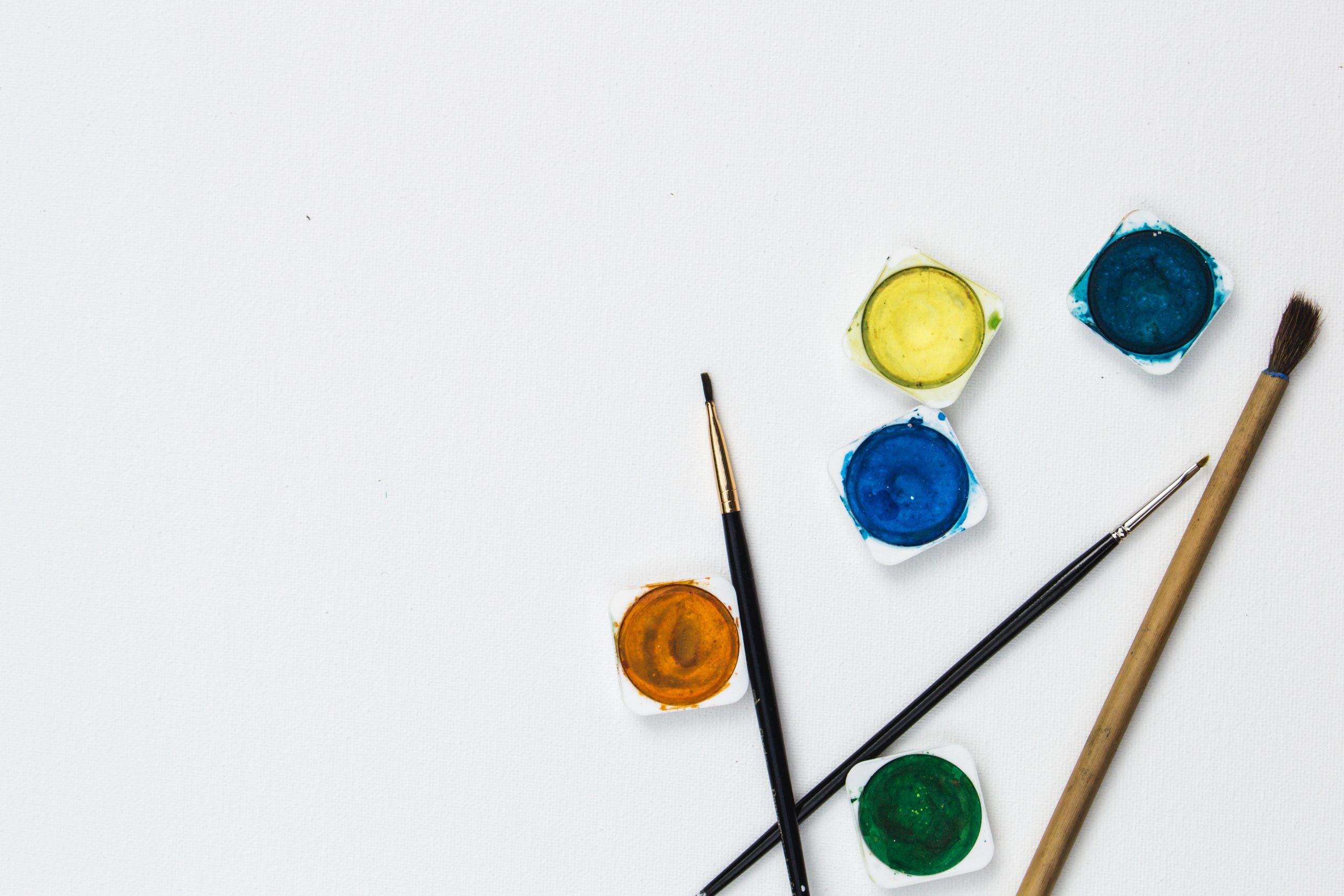The canvas tag is a new HTML tag which is used to draw graphics using JavaScript. You can learn more about the canvas tag and its basic usage here. Since it is a relatively new tag, it does not render in all the browsers. For those browsers which do not support the canvas tag, you would need a fallback image or code inside the canvas tag.
Here is the code to draw the US flag using the canvas tag mostly following the specs for the flag. See the final image.
Open an editor and create a new HTML5 document. You can copy the following code and save it as canvas_demo.html.
<!doctype html>
<html lang=”en”>
<head>
<title>Canvas Demo</title>
<script language=”javascript” src=”flag.js”></script>
</head>
<body onLoad=”draw();”>
<canvas id = “stars” width = “600” height = “450”></canvas>
</body>
</html>
The JavaScript code for drawing the flag will be placed in an external file named flag.js.
Open another file in your editor and save it as flag.js. Make sure this is in the same folder as the canvas_demo.html.Copy the following code.
// JavaScript Document
function draw()
{
var canvas = document.getElementById(“stars”);
if(canvas.getContext)
{
var ctx = canvas.getContext(“2d”);//Declaring the width and height of the flag.
var hoist_width = 300;
var fly_length = 570;//Drawing a rectangle and filling it with red. View Image
ctx.fillStyle = “rgb(200, 0, 0)”;
ctx.fillRect(0, 0, fly_length, hoist_width);//Drawing the white stripes View Image
var stripe_width = 0.0769 * hoist_width;
ctx.fillStyle = “rgb(250,250,250)”;
for(var s = 1; s < 13; s++)
{
ctx.fillRect(0, stripe_width*s, fly_length, stripe_width);
s =s +1;
}//Drawing the blue rectangle View Image
var union_width = 0.5385 * hoist_width;
var union_length = 0.76 * hoist_width;ctx.fillStyle = “rgb(0, 0, 150)”;
ctx.fillRect(0, 0, union_length, union_width);//Drawing the stars View Image
ctx.fillStyle = “rgb(250, 250, 250)”;
ctx.strokeStyle = “rgb(250, 250, 250)”;
ctx.stroke = “rgb(200, 0, 0)”;
ctx.moveTo(10, 40);
ctx.lineTo(100, 40);
//ctx.stroke();var e = 0.054 * hoist_width;
var f = e;var g = 0.063 * hoist_width;
var h = g;var xpos = 0;
var ypos = 0;
var numstars = 0;for(var row = 1; row <= 9; row++)
{
if(row%2 == 1)
{
numstars = 6;
xpos = g/2;
}
else
{
numstars = 5;
xpos = g/2+h;
}
ypos = row*e-e/4;for(var star = 1; star <= numstars; star++)
{
drawStar(ctx, xpos, ypos, 0.1);
xpos = xpos + 2*h;
}
}}
}function drawStar(ctx, tx, ty, scale)
{
ctx.save();//Values below will be translated and scaled as set here
ctx.translate(tx, ty);
ctx.scale(scale, scale);//Draw five pointed star
ctx.beginPath();
ctx.moveTo(30, 30);
ctx.lineTo(150, 30);
ctx.lineTo(50, 90);
ctx.lineTo(90, -5);
ctx.lineTo(130, 90);
ctx.lineTo(30, 30);
ctx.closePath();
ctx.fill();ctx.restore();
}
This is just a basic usage of a canvas tag. The canvas tag can be used for much more complicated images as well. Check back for some more tutorials on the canvas tag or better yet subscribe to my blog.
